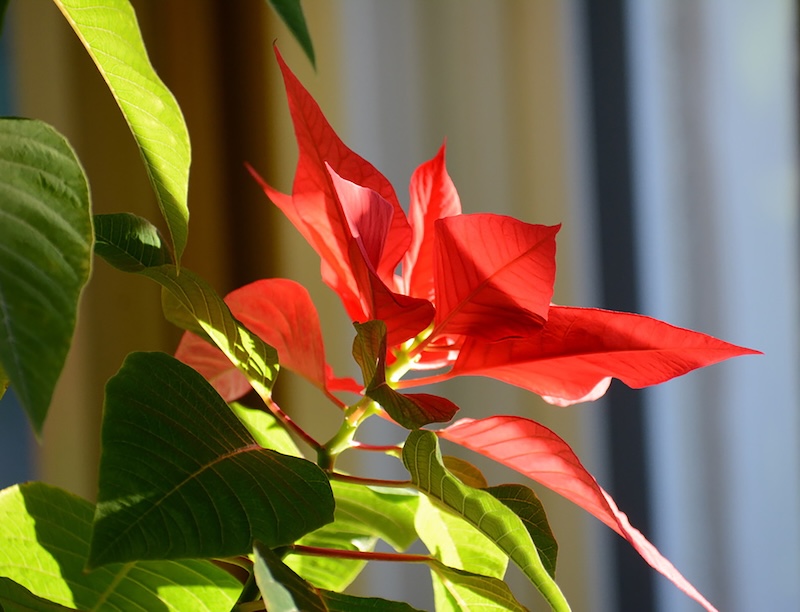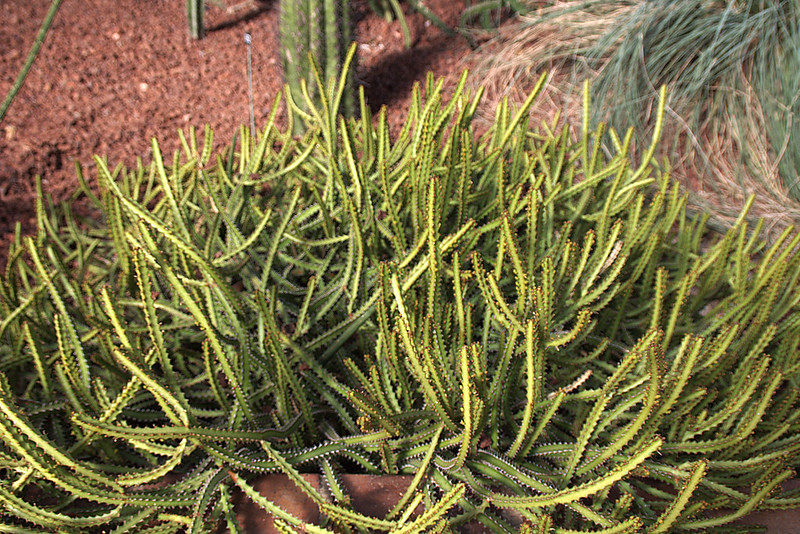Proper lighting is vital to allow houseplants not just to grow but thrive. Euphorbia houseplants require bright, indirect sunlight. These unique plants can sometimes handle limited amounts of direct sunlight, but too much light can burn the fleshy growth. Always inspect the plant for signs of sunburn and ensure the Euphorbia receives enough light. Plants in low light will not grow and may become pale in color. Proper lighting addresses the plant's needs and keeps it healthy and growing.

Best Rooms To Grow Euphorbia
Euphorbia houseplants do best close to a south-facing window, although they can live near an east- or west-facing window. These plants have increased light needs, but direct sunlight can potentially burn the plant, so be careful of intense sunlight and look for signs of damage. A sunny south-facing window can become the perfect spot for Euphorbia by hanging sheer curtains to diffuse direct light or relocating the plant several feet away from the window.
Rotate the Euphorbia’s container every couple of weeks so each side gets sunlight. Consistent sunlight on all sides helps the plant grow upright. Plants not rotated may lean to one side or stretch to get more sunlight.
Providing Supplemental Sunlight To Euphorbia
Your home may not have enough sunlight to support Euphorbia, depending on the layout, or the specific spot you chose for Euphorbia does not receive enough sunlight; however, you can always make things work. Grow lights are an easy way to turn a dim area into the perfect spot for a sunlight-loving plant like Euphorbia. These lights come in all shapes and sizes, or you can purchase specific bulbs that fit into existing light fixtures. Euphorbia plants need daily light, so if you use a grow light, remember to turn the light on for at least 12 hours each day or choose a grow light with a timer.
Sunlight Needed For Growing Euphorbia Outdoors
Euphorbia plants that grow outside need 6 to 8 hours of full sun daily. Plants grown outdoors can live in partial shade but will not grow as quickly or large. Houseplants making the transition to the outdoors need to be acclimated to direct sunlight and gradually work up to longer hours in the sun. Morning sun and afternoon shade are best, particularly in sweltering climates.

 |
Author Alison Cotsonas - Published 01-06-2023 |
